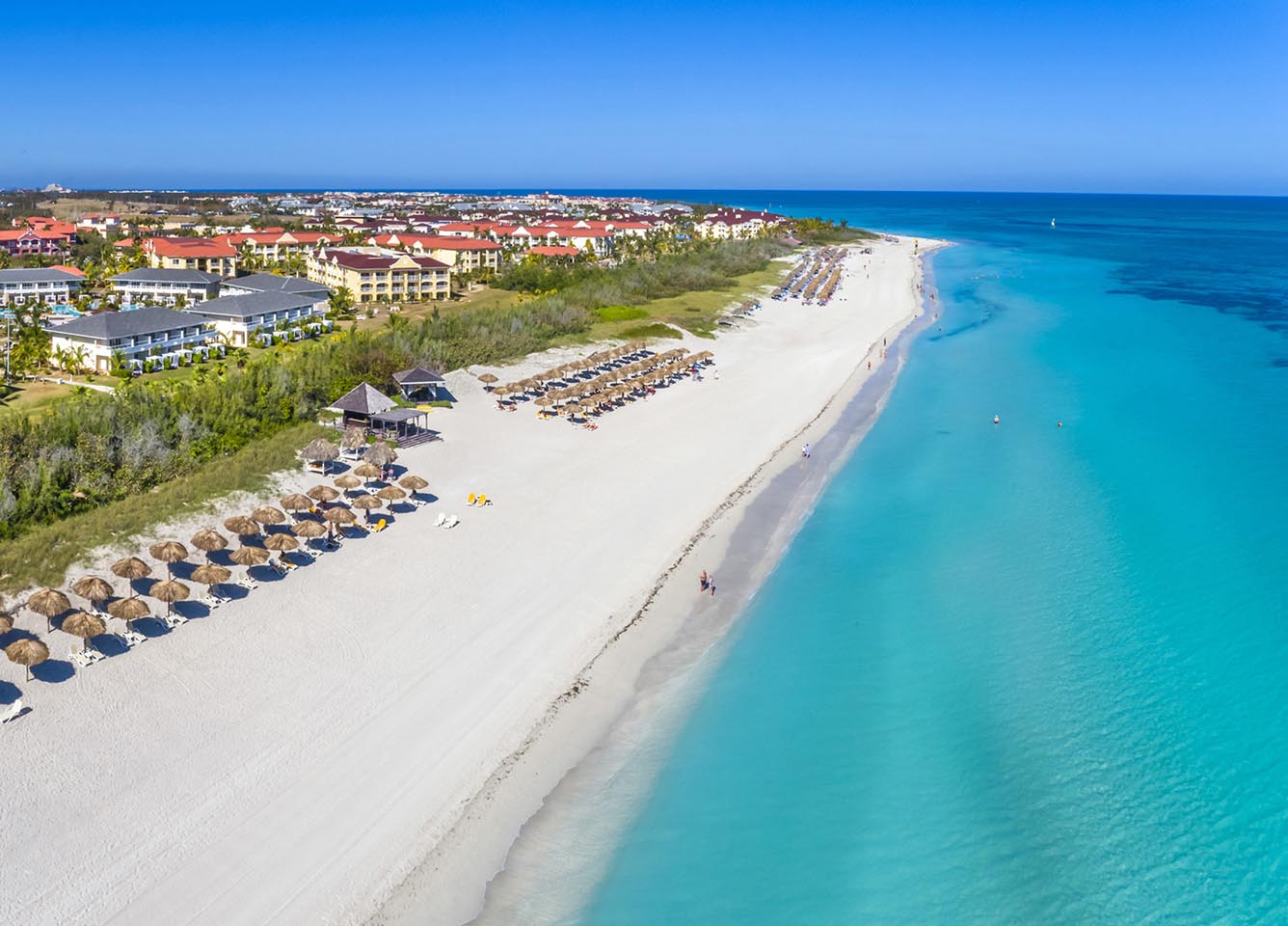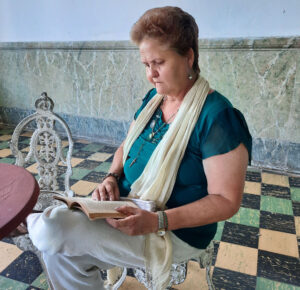Travelling on holiday to Cuba today, the desire to visit the island’s beaches, which are spread all over the archipelago and stand out every year in terms of beauty and conservation, is still the most important thing.
This opinion is supported by the authorities of the Ministry of Tourism (Mintur) and the guides who accompany the visitors who come from many parts of the world.
On several occasions, travel websites such as TripAdvisor have recognised the goodness of these resorts with choices, for example, of the beaches of Santa María key and Varadero, placed in favourable positions on the world list (two and 12 of the 25 best).
Cuba has more than 200 beaches throughout the archipelago, and to be more precise, 256 of the 588 kilometres of these beaches form part of 12 main tourist development regions.
Cayo Santa María, in the north-central region of Cuba, is one of the most outstanding recreational spots in this nation, and before Covid-19, it reported many repeat travellers, especially Europeans.
These are islets of white sands and extremely clean waters, a characteristic that accompanies other, no less famous, keys in the surrounding area, such as Ensenachos and Las Brujas.
The ideal way to get to Santa María Key is via a 48-kilometre-long causeway, known to Cubans as a pedraplén, which starts in the town of Caibarién, in the north of the central province of Villa Clara.
In addition to the enjoyment of the sun and the beach there, it is an ideal place for diving, snorkelling, yacht trips and other excursions.
Santa María Key in particular is 13 kilometres long and two kilometres wide (18 square kilometres). Its beaches are 11 kilometres long, with significant names such as Perla Blanca, Las Caletas, Cañón and Cuatro Punta.
Varadero, on the other hand, is much more than just a beach. Officially founded on December 5, 1887 by the communal merger named Los Decembrinos, several houses made of wood and Spanish tiles were built there, and later became known through the rise of rowing regattas.
The geological formation of the place comes from the quaternary era and the name of the peninsula where it is located, Hicacos, responds to a green tree with thorny leaves, a typical cactus that once covered this portion of 22 kilometres long (its widest part is 700 metres).
The name Varadero comes from the fact that it is a sandy coast with a shallow draft, where ships carried by the tide used to run aground. The Spanish navigator Sebastián de Ocampo discovered it in 1508 during his voyage to the island and the first mention of it appeared in 1540 in a map by Alonso de Santa Cruz.
In addition to its beaches, Varadero has 15 archaeological sites, such as caves and caverns, which served as shelters. The most visited vestige today is the Ambrosio cave, where the largest pictograph in the Caribbean (five galleries and 250 metres long) can be found.
In 1950 the first large hotel was built on the beach, the International, now renovated with a modern, environmentally friendly facility.
By 1959 there were only three hotels in Varadero, now 40, with more than 10,500 rooms and development still in prospect, making it the nation’s recreational hub.
Therefore, these two destinations within Cuba can be mentioned as highlights for the purposes of referring to this country as a Sun and Beach destination, and especially on this day, declared by UN Tourism as World Tourism Resilience Day.




